“There’s always someone who asks me, ‘You got married three times? So, you married three different people?’ I’m like, ‘No, no, no. One person three times,'” she said.
Angie and her husband Tom pictured on the day of their first wedding in Australia. Credit: SBS Voices
Their first wedding, in Melbourne in 2011, was an intimate ceremony surrounded by close friends.
They celebrated their second wedding — which Angie was told would also be a small event — with her husband’s family in Bangladesh.
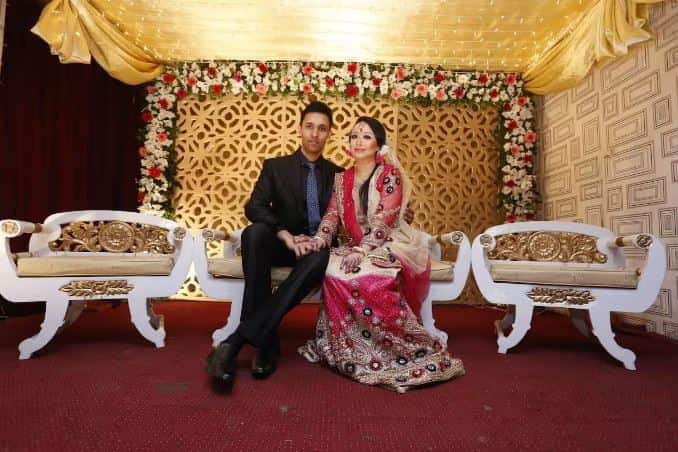
The couple at their second wedding in Bangladesh. Credit: Supplied
“But then on the wedding day, I actually noticed 600 people were there … And half of them, my husband told me he didn’t even know who they are,” she said.
“The hairdresser was doing my hairpiece and she was asking me, ‘Aren’t you excited you’re getting married today?’ And, I was like, ‘Yeah, a third time,'” she said.
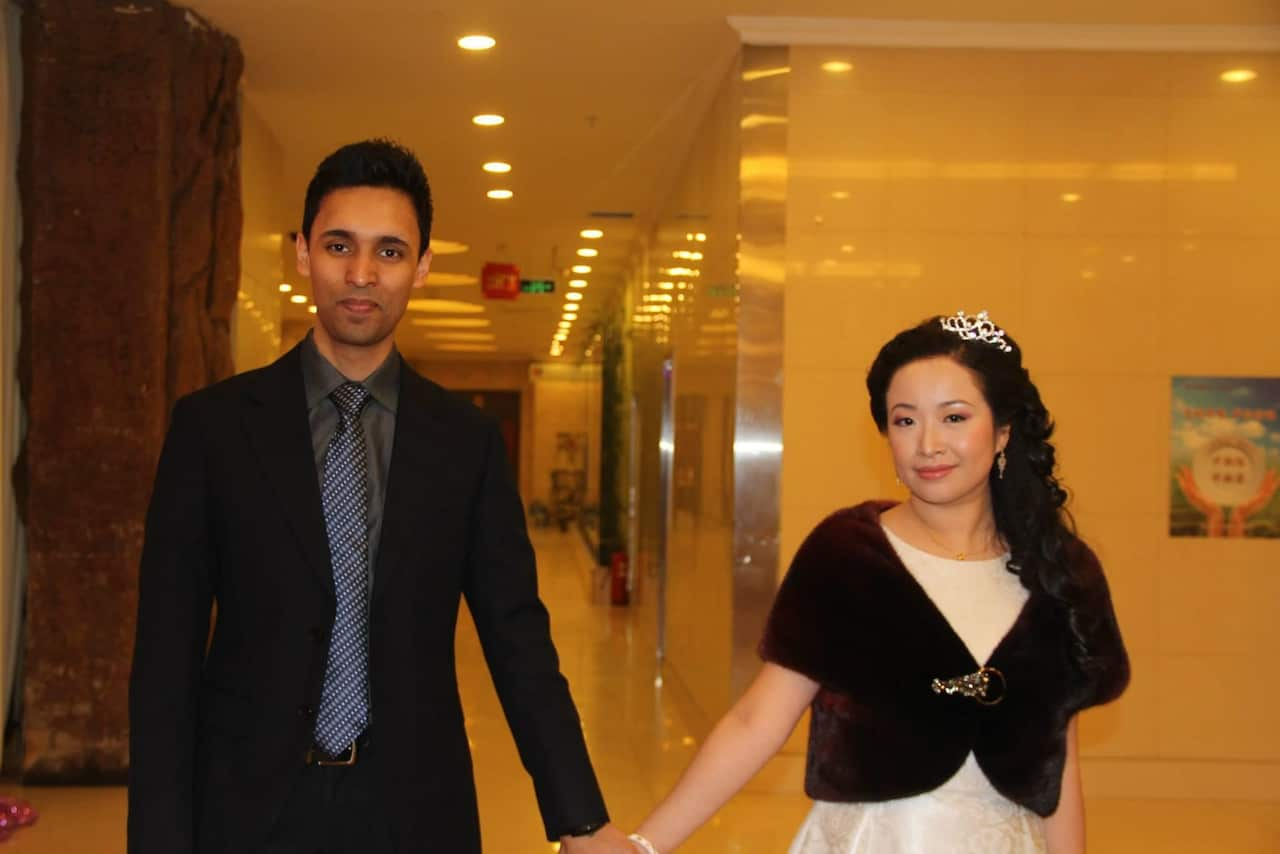
About a third of all marriages in Australia are intercultural. Source: Supplied
Angie said that, while she wouldn’t repeat the experience again, sharing cultures with her husband has been wonderful and eye-opening.
But it’s not without its challenges.
Intercultural marriage and social cohesion
“When two people from different cultural groups, or different racial groups, come together and join in that kind of intimate partnership, it certainly suggests a level of acceptance and intimacy that’s special and unique,” she said.
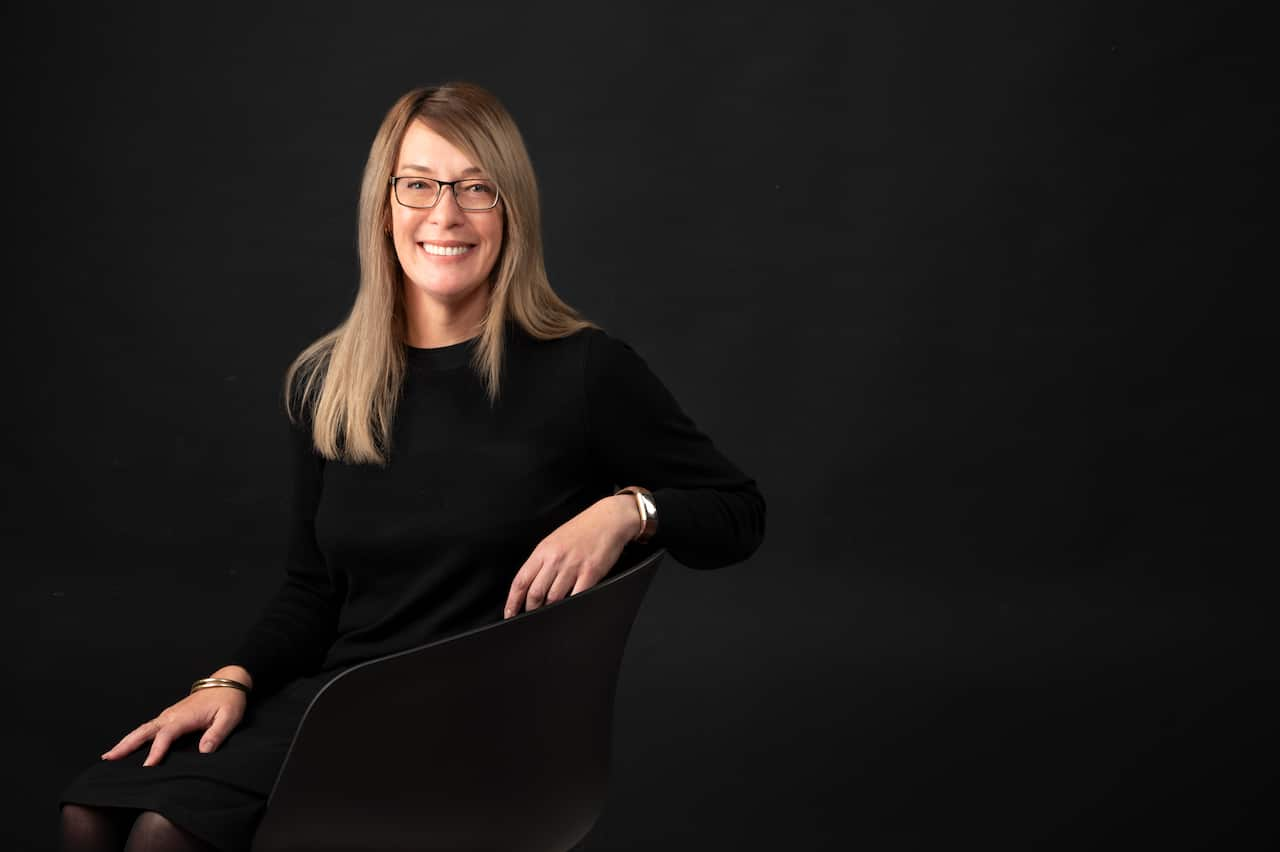
Senior researcher at the Scanlon Foundation Research Insititute Trish Prentice says intercultural marriages play a broader role in Australia’s social cohesion. Credit: Andrew Campbell
“Love is love, honestly. And I think you will really miss out if I had closed my eyes to the fact that, ‘Oh, he’s of a different race’, I would not be able to enjoy eight amazing years of being with my soulmate.” — Stella Adlike.
“And he was just so lovely. When I was at work, he was taking my family out for lunch, for dinner, bringing groceries for them. So, I thought, ‘Oh, he’s really invested. If he likes my family, then there’s something to it.’ So, we started dating from there.”

Stella Adlike met her future husband Oleg while studying at university. Source: Supplied
Stella said she’s found it surprising when people have questioned their relationship.
“But later on, I was like, ‘No.’ You know, I had to explain to him.”
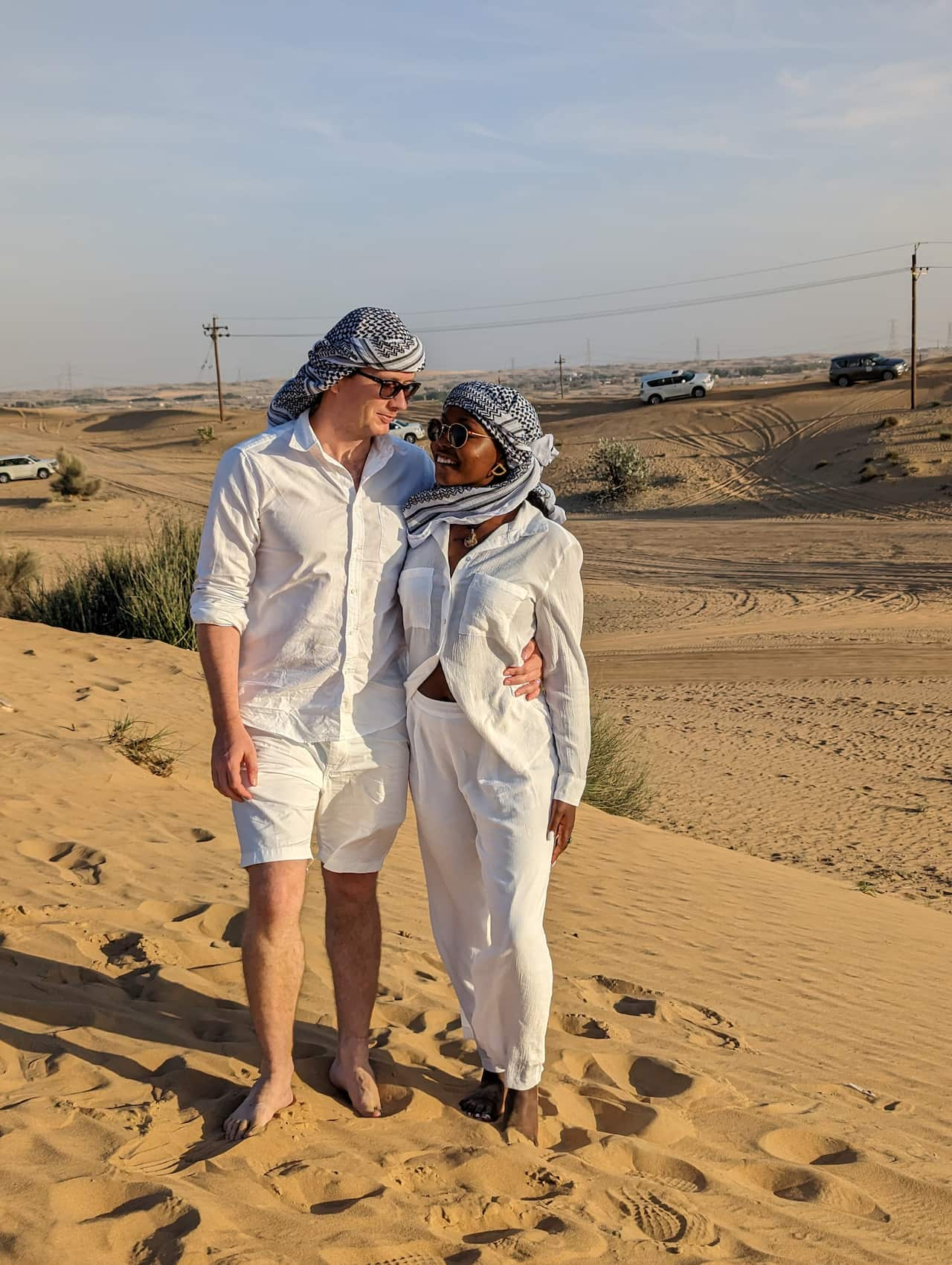
Stella and her husband on a trip to Dubai. Source: Supplied
Stella said while her husband is supportive, he’s sometimes struggled to realise when she’s being subject to racism, especially the more subtle microaggressions that can occur in everyday interactions.
“And sometimes you meet people who give you such beautiful compliments as well … We’re quite fortunate to be in Australia. As much as some people can be ignorant, most of the time it’s good.”
The history of interracial marriage in Australia
“So, we see, especially [for] Indigenous women, [their] female sexuality — being very restricted, being very much regulated by the state, as a way to, in a de facto sense, restrict the amount of interracial marriage that happened throughout the Australian colonies,” Australian Catholic University research fellow Rachel Stevens said.
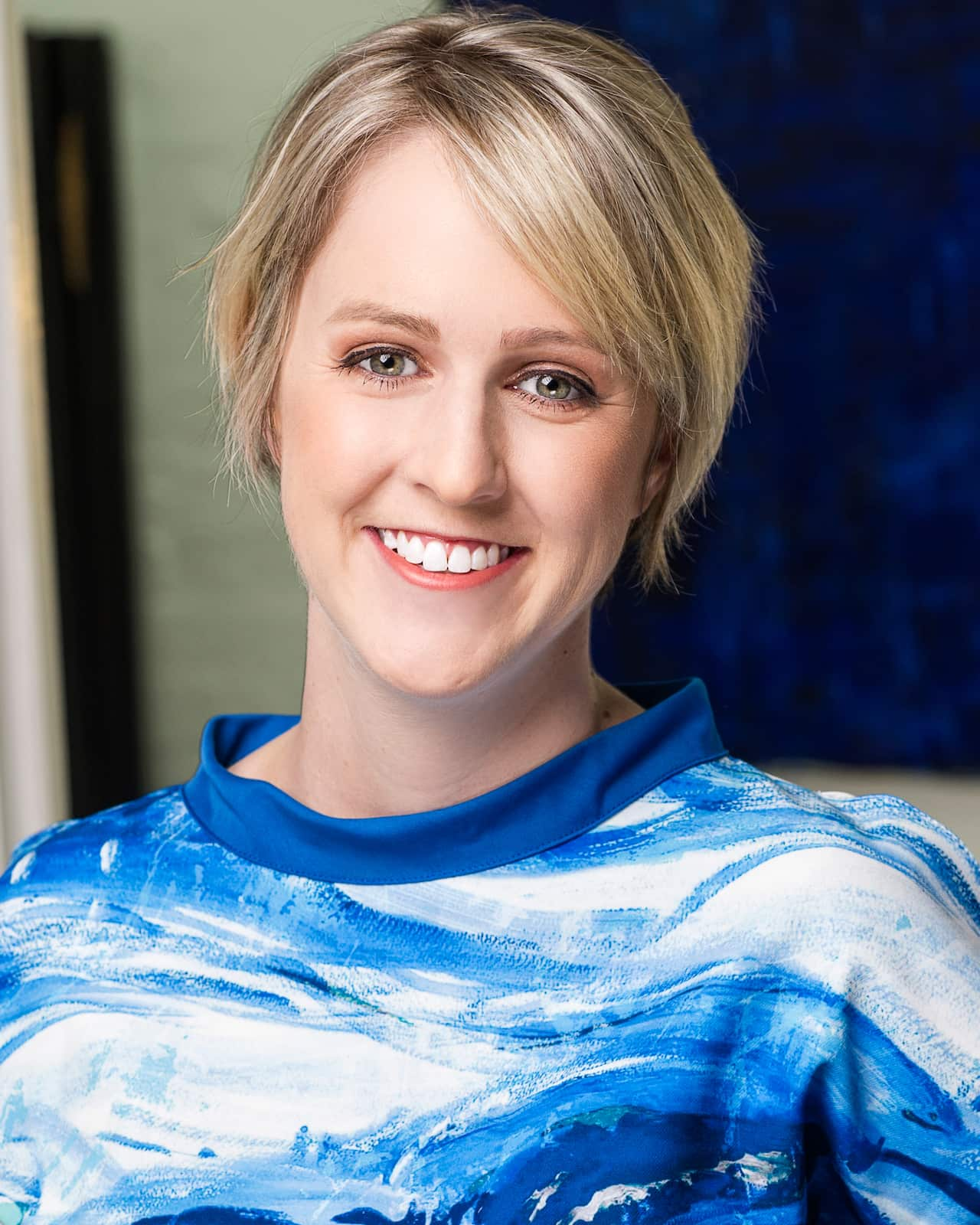
Rachel Stevens from the Australian Catholic University says Australia has a long history of restricting interracial marriage and relationships. Credit: Kurt Sneddon
The restriction also extended to relationships between Chinese men and Anglo women during the Gold Rush, where there’s evidence of around 2,000 such marriages in southern NSW.
The provisions were far-reaching; up until 1962, if a Catholic wanted to marry a Protestant they would have been excommunicated from the church.
Not always positive: interracial dating and internalised racism
“I felt a very strong pressure from everyone around me that I was expected to only date another Asian man or be friends with only Asian people,” she said.
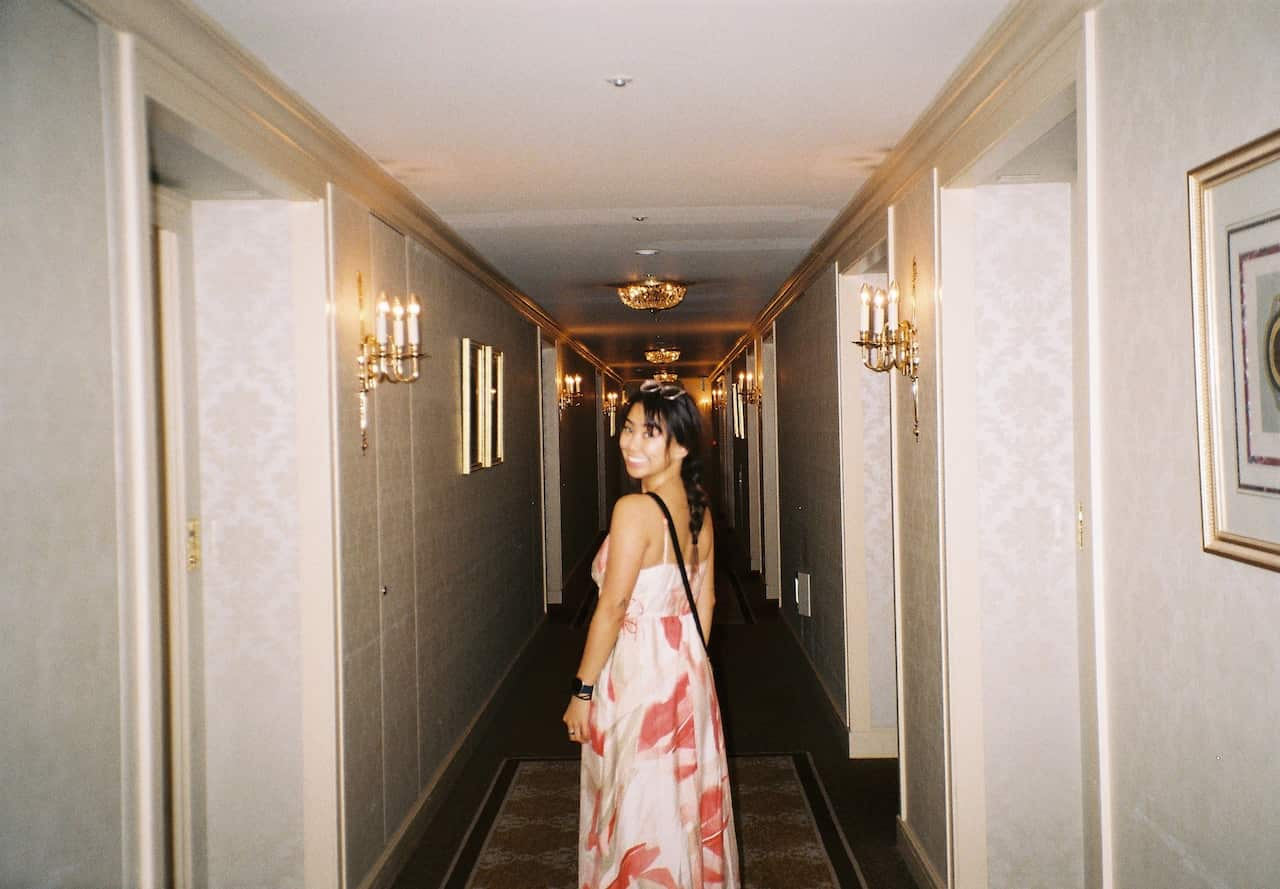
Growing up, Helen’s dating choices weren’t always embraced by her Vietnamese parents. Source: Supplied
As one of the only Asian people at her predominantly white school, Helen said she did everything in her power to defy stereotypes.
“My mum always said the same thing: ‘White people won’t treat us the same. They’ll never see us as equal. They don’t care about us the way the Asian community would,'” Helen said.
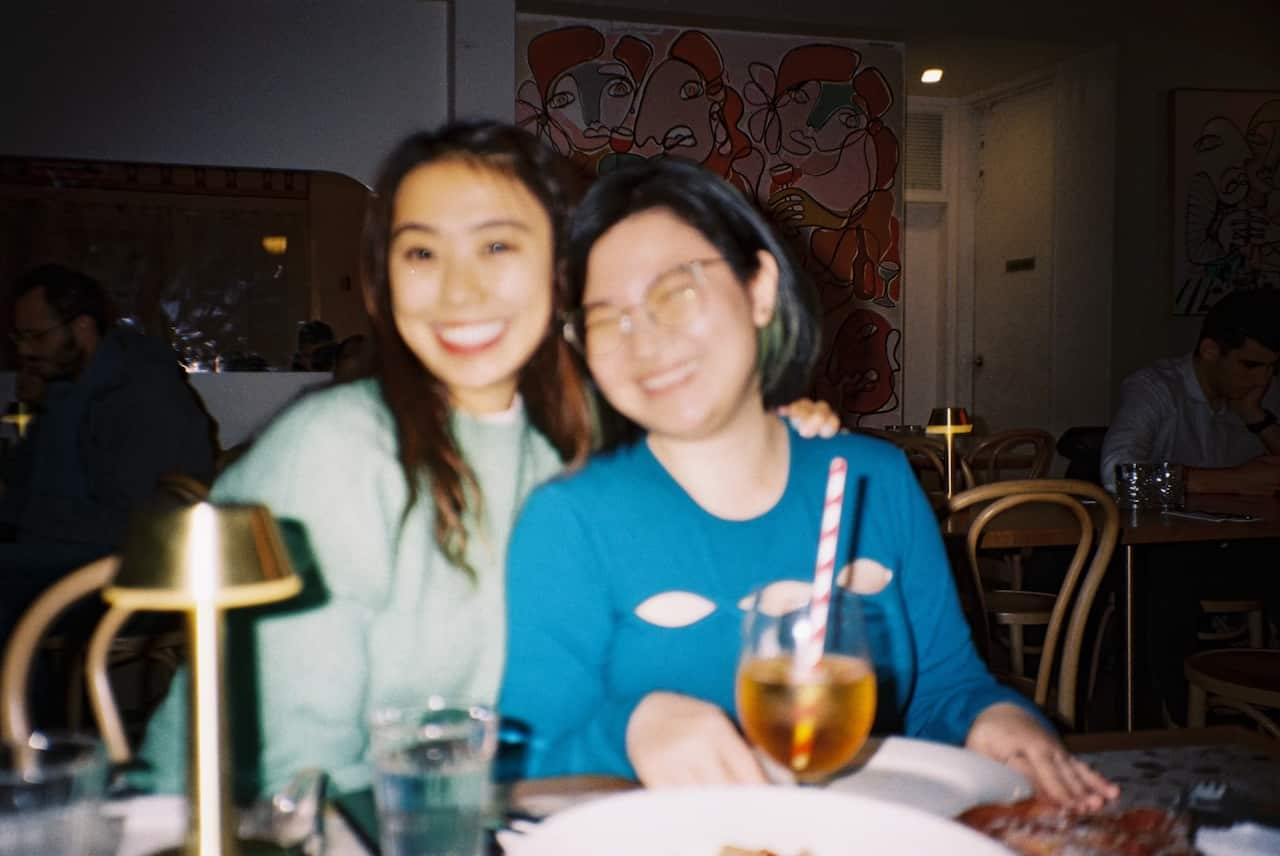
For Helen (left), pictured with a friend, coming to terms with her ethnic identity is a “work in progress”. Source: Supplied
“And I know they meant well and wanted to protect me. But that only in turn deepened my internalised racism.”
“It’s a stereotype that I felt hit me hard when I was dating different white people. I’ve had a few experiences intimately where I felt like I was shoved into this box.”
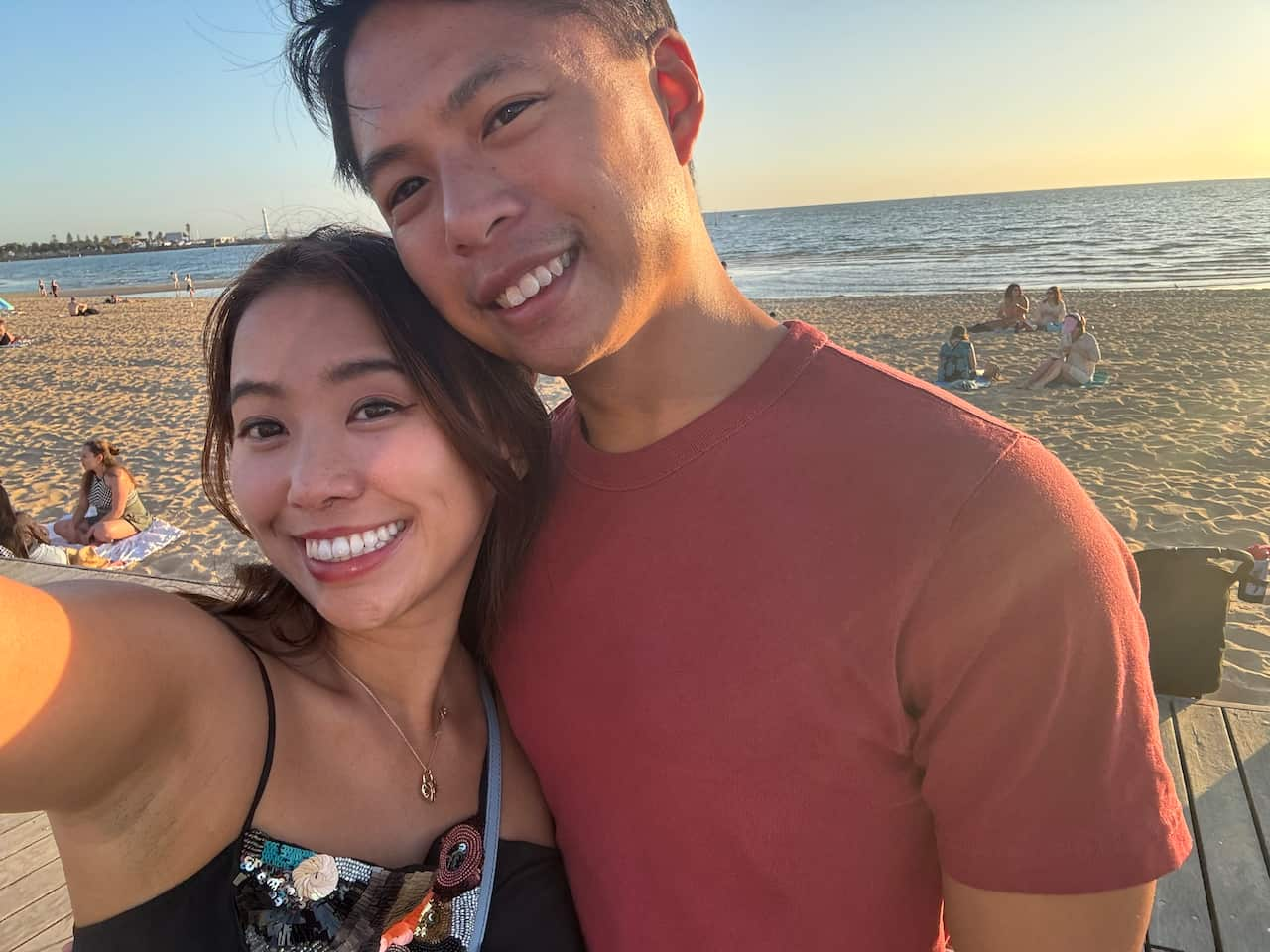
Helen is now in a relationship with a Vietnamese man, Bao Le. Source: Supplied
Helen, who is currently in her first relationship with a Vietnamese man, said she’s since worked through a lot of internalised racism.
“It’s been a long work in progress, coming to terms with my ethnic identity, and the parts of it I used to be so ashamed of, and I am now learning to love.”
Source Agencies



